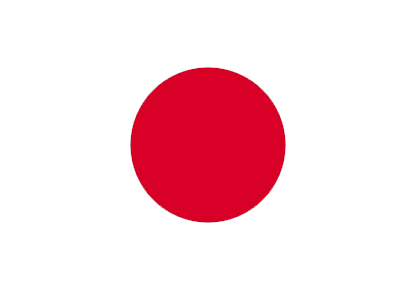K-Beauty
Be Beautiful with
See MISOODA's ▼

Like good health and youth, most of us take our hair for granted – that is, until they are gone. For many people suffering from hair loss; be it hereditary or for any health reasons, a hair transplant can help bring back what looks like a fuller head of hair. If thinning up top or going bald really bothers you and wearing a wig is out of the option, the procedure can be a way for you to feel more confident about your looks.
[Source: Balding Blog]
What is a Hair Transplant?
Hair transplant is a hair replacement treatment for both men and women. The procedure permanently restores hair by transplanting new follicles into balding or thinning areas. Hair transplants can help to correct a high forehead or male-pattern baldness and other types of hair loss. In short, it is a type of surgery that moves hair you already have to fill in an area with thin or no hair. Despite the fact that these kinds of transplants have been an ongoing procedure since the 1950s, the techniques used these days have changed a lot in recent years.

How is it done?
Hair restoration surgery usually takes a full day and is normally performed under local anesthesia and sedation. In this procedure, healthy hair follicles are removed from the back or the sides of the head, and thereafter harvested and prepped before being transplanted to areas where hair loss is occurring. There are two different methods that is commonly done when it comes to hair transplant surgery: Follicular unit strip surgery (FUSS) a.k.a. FUT Follicular Unit Transplantation OR follicular unit extraction (FUE).
[Source: Apgujong Yonsei Clinic]
With FUT, the surgeon removes a strip of skin from the back of your head. He sets it aside and sews the scalp closed. This area is immediately hidden by the hair around it. This method is also a popular method and has a higher chance of hair survival and is also more afforadable as compared to the FUE method. Next, the surgeon divides the strip of removed scalp into tiny grafts, each with an individual hair or just a few hairs. The number and type of graft you get depends on your hair type, quality, color, and the size of the area where you’re getting the transplant.

[Source: Naver]
If you’re getting the FUE procedure, the surgeon will shave the back of your scalp. From there, the doctor will remove hair follicles one by one. The area heals with small dots, which your existing hair will cover. After that point, both procedures are the same. After he prepares the grafts, the surgeon cleans and numbs the area where the hair will go, creates holes or slits with a scalpel or needle, and delicately places each graft in one of the holes. Depending on the size of the transplant you’re getting, the process will take about 4 to 8 hours. You might need another procedure later on if you continue to lose hair or decide you want to achieve a fuller head of hair.

[Source: Apgujong Yonsei Hair]
What to expect after the transplant?
After the surgery, your scalp may be sensitive and very tender. You may need to take pain medications for several days along with antibiotics. Your surgeon will probably have you wear a special beanie to help you protect the area where you have had surgery and transplant done. The recovery period is rather quick and most people are able to return to work in 2 to 5 days after the operation. Within 3 to 4 weeks after surgery, the transplanted hair will significantly fall out, but do not worry or be alarmed. The roots of the hair are still there and you should start to notice new growth within a few months. Most people will see 60% of new hair growth after 6 to 9 months.
Before and After


[Source: Apgujong Yonsei Hair]
If you would like more promotions on hair transplant surgery and cost, please visit Yonsei Hair Transplant clinic
See MISOODA's ▼
-

FAT or FAB-bulous Korean Stars
See MISOODA's ▼ Reviews Image Gallery Promotions These Kore ...
-

8 Reasons to go South Korea for Plastic Surgery
See MISOODA's ▼ Reviews Image Gallery Promotions Mention ...
-

K-pop Frequently Visited Restaurants in Gangnam District (Part 1)
See MISOODA's ▼ Reviews Image Gallery Promotions K-pop Freque ...















Login to write comment:
Login OR Sign Up